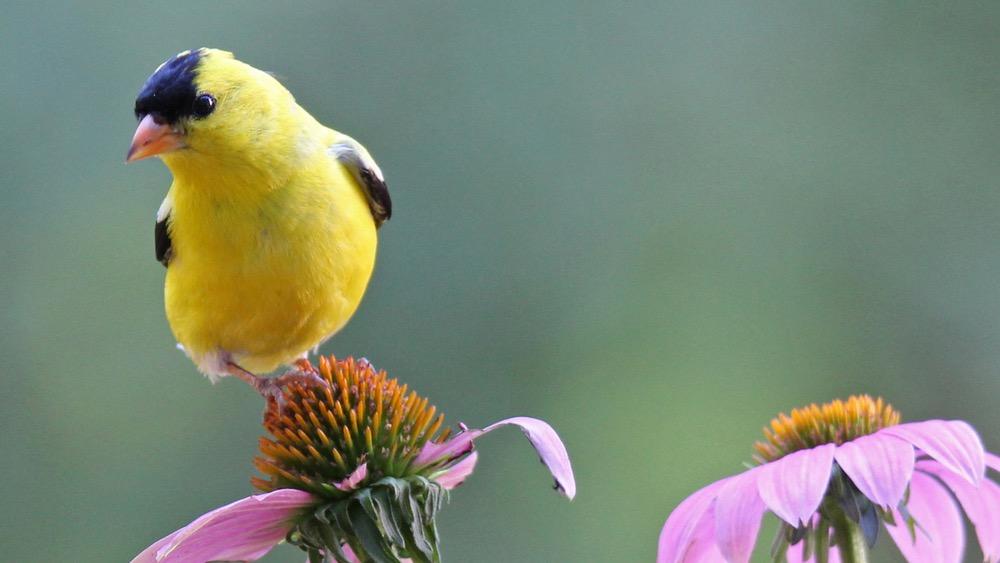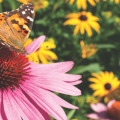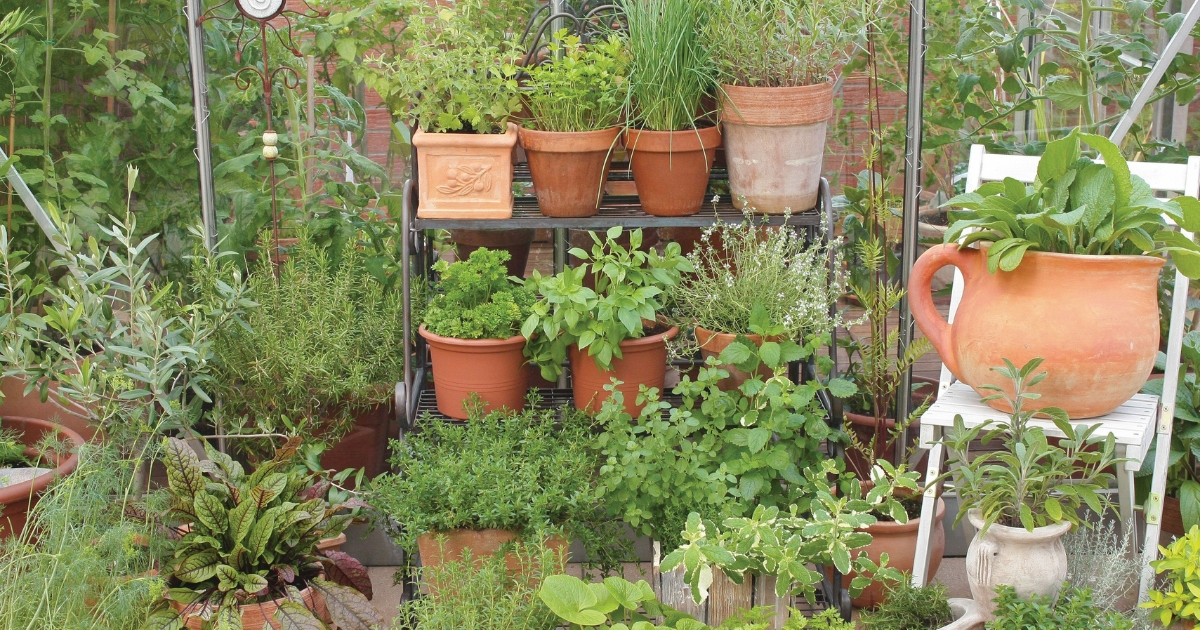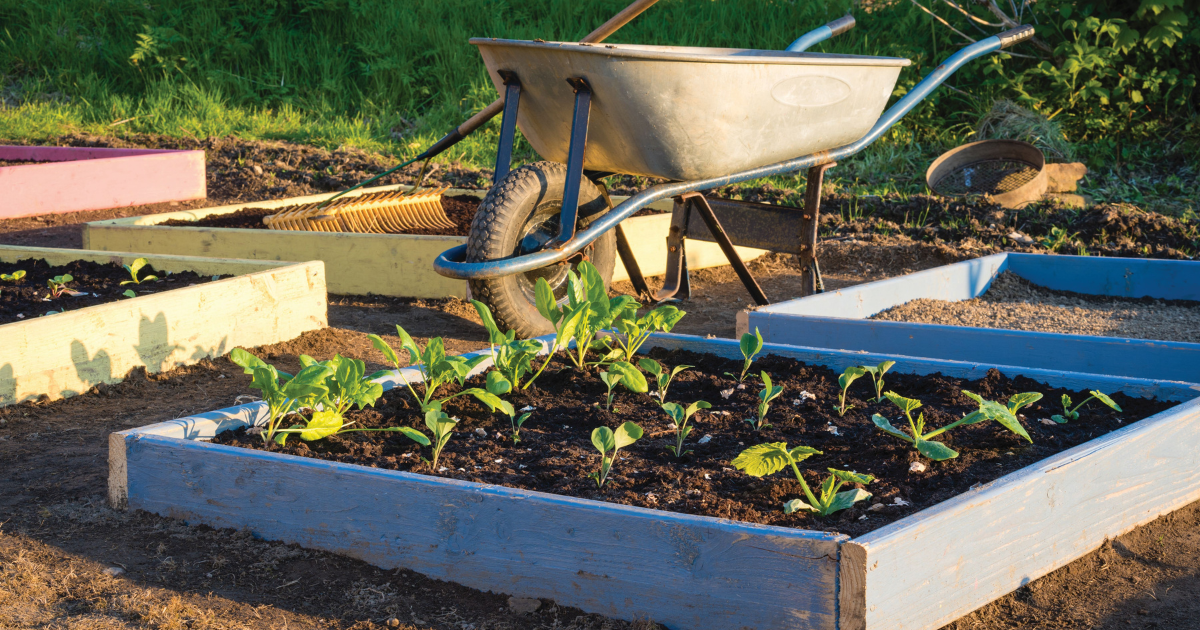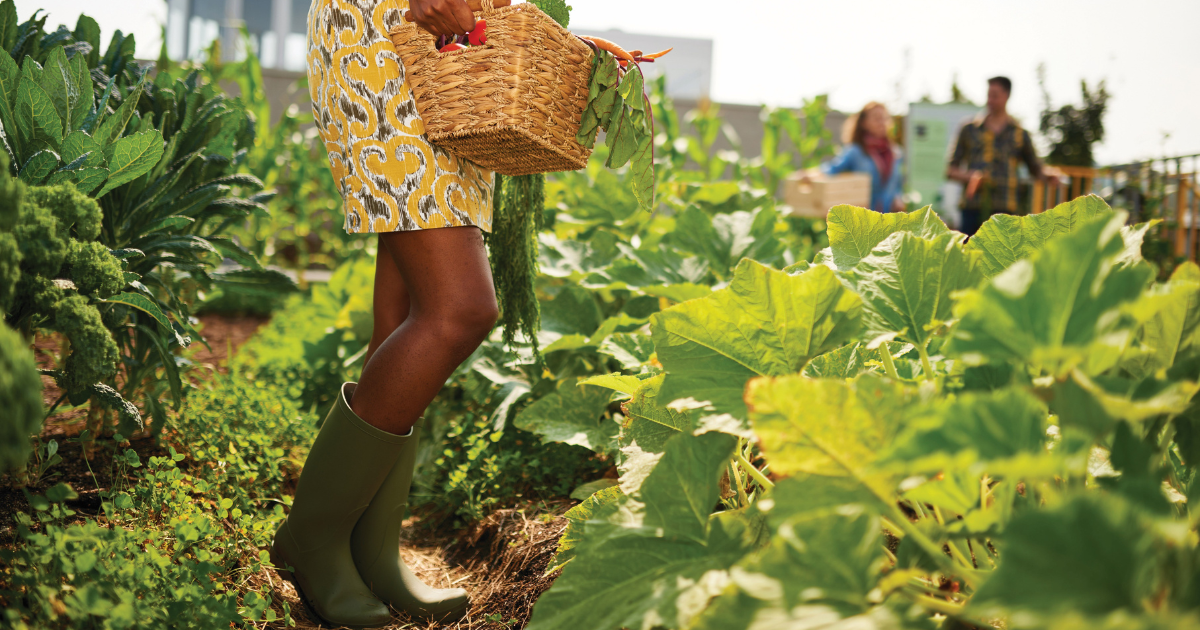Here are Mark Cullen’s top six birdseed-producing plants, plus tips for growing them in your garden.
1. Purple coneflowers (Echinacea sp.)
Purple coneflower is a native plant that native peoples used to help boost their immune system long before Europeans arrived on our shores 500 years ago. Everyone, it seems, has tried an echinacea tincture as prevention to colds and the flu. I know that I have.
The fact is, purple coneflower is very easy to grow in a sunny position. It is a reliably winter-hardy perennial up to Zone 4 (Ottawa/Montreal) and does not have a lot of cultural needs. I have 50 of them growing on my property, and they do not get watered, ever. I don’t have to control insects or diseases. They bloom from mid-July through September.
You can cut them while in bloom and bring them indoors, to beat the band. Here is the kicker: the seed heads attract small songbirds like finches, nuthatches and black-capped chickadees. My echinacea “plantation” attracts birds from late fall through winter, until all of the seed heads have been foraged seedless by the birds.
2. Maiden grass (Miscanthus sinensis sp.)
Maiden grass is another songbird magnet late in the season. I have two large beds of this plant, about 1.8 metres (70 inches) all, which I allow to stand all winter long, about three metres (10 feet) high. After a summer of slowly emerging from the soil, they mature into clumps of seed-heavy plumes. They stand tall even after a deep snowfall, and birds forage through them right up until the spring thaw, when other feeding options present themselves.
If you have ornamental grasses in your garden, do not cut them down come fall; rather, let them stand for the birds. If you don’t have any grasses in your garden, you’ll have to be patient until fall, which is the perfect time of year to plant some. The selection at garden retailers at that time of year is generally good, and you will see exactly what you are buying, as they have had all summer to mature. Hardy to Zone 3.
3. Black-eyed Susan (Rudbeckia sp.)
Who doesn’t just love this plant? It blooms for up to 12 weeks beginning in midsummer, butterflies and honeybees enjoy the nectar and pollen while it is in bloom, and when it finishes blooming it produces prodigious quantities of seeds that many foraging songbirds enjoy late into the fall and winter. Requires sun. Hardy to Zone 3.
4. Sunflower
Choose between the perennial helianthus, which you can plant early in spring, and the annual heliopsis, which you sow directly in the soil in spring. Personally, I prefer the traditional annual sunflower that produces a bright face surrounded by bright yellow petals. Sunflowers dominate my garden from early summer into late fall. I let them mature in situ, and I enjoy watching the bees forage like mad while the flowers bloom, and the songbirds pick away at the mature seeds in September and October. To see a mother finch teaching her young fledglings how to forage a sunflower is an education in itself. Bring the kids along and note how a sunflower follows the sun during the day, turning as the earth turns on its axis, to face the sun.
Perennial sunflowers are not nearly as much fun, but they are a reliable perennial and that is a bonus. Most varieties grow to about 60 cm (23.6 inches), and all of them require full sun for the best performance. While shopping for helianthus, be sure to ask for varieties that produce seeds, not the hybridized cultivars that have had seed production bred out of them. They bloom for several weeks beginning in midsummer.
5. Serviceberry
Serviceberry is a native plant that attracts cedar waxwings midsummer (and the occasional red squirrel, in my experience).
6. Crabapple shrubs
Crabapples tend to hold their fruit until mid-to-late winter or early spring when the softened “apples” are attractive to birds like cedar waxwings, blue jays and cardinals.
Crabapples and serviceberry (see above) are winter-hardy shrubs that can mature into small trees. Both produce a great show of bloom early in spring, attracting bees and other pollinators.
Mark Cullen is an expert gardener, author, broadcaster and tree advocate
and holds the Order of Canada. His son, Ben, is a fourth-generation
urban gardener and a graduate of the University of Guelph and Dalhousie
University in Halifax. Follow them at markcullen.com, @MarkCullen4
(Twitter) and @markcullengardening (Facebook) and look for their latest book, Escape to Reality.
Follow them at markcullen.com, @MarkCullen4, facebook.com/markcullengardening and biweekly on Global TV’s national morning show, The Morning Show.

